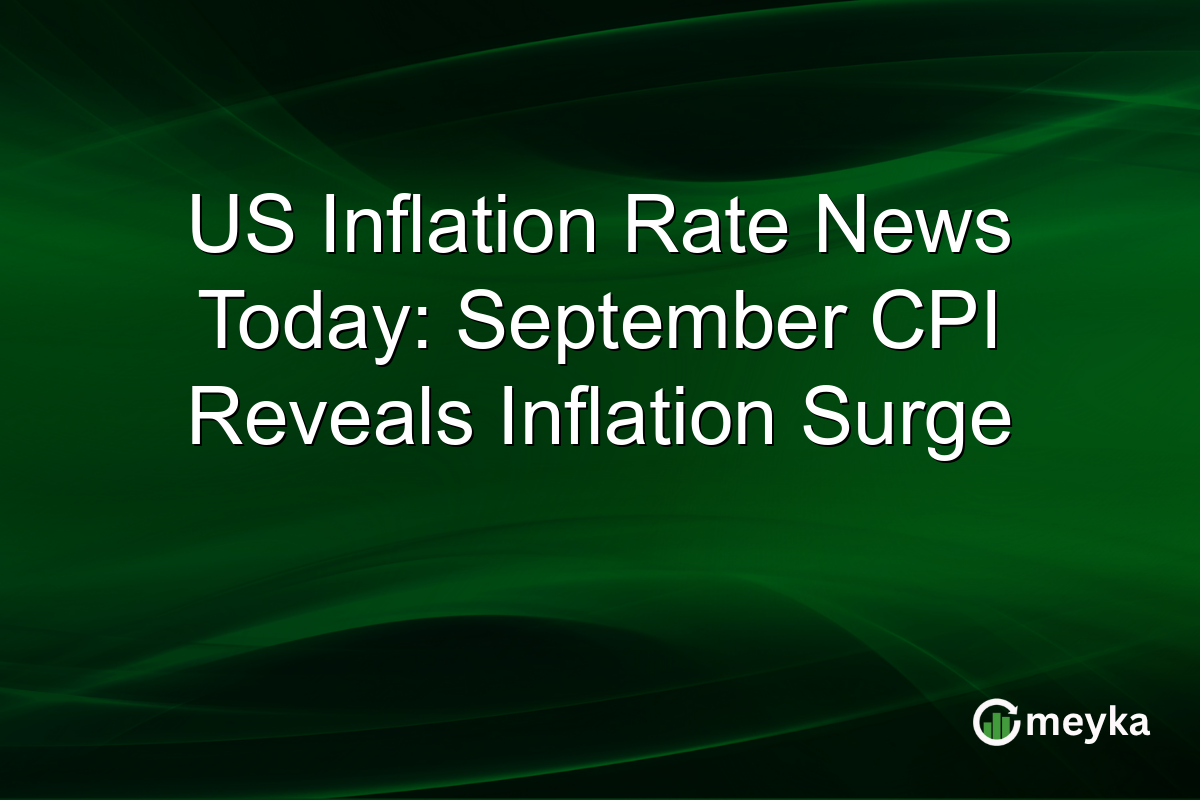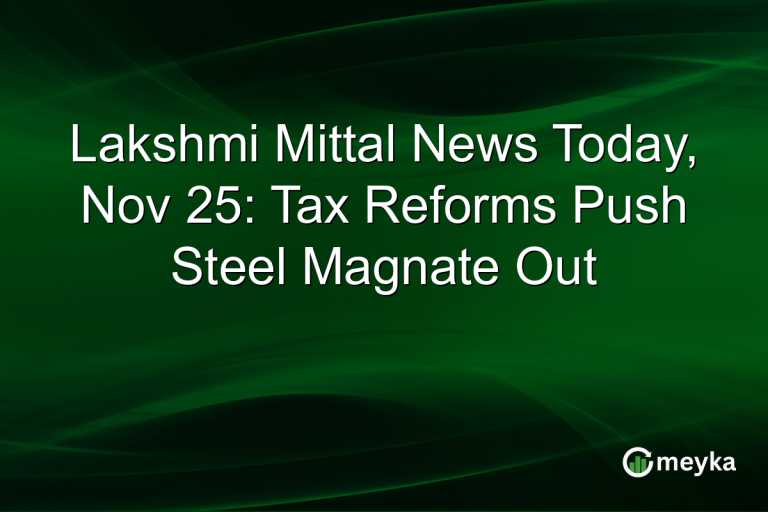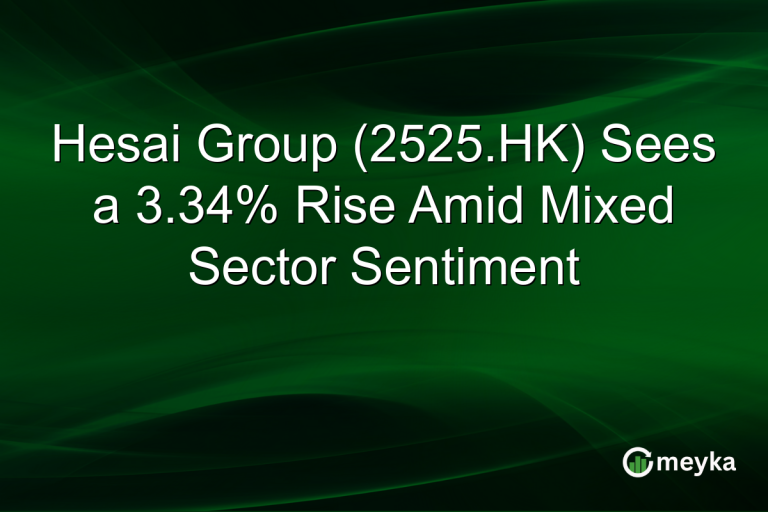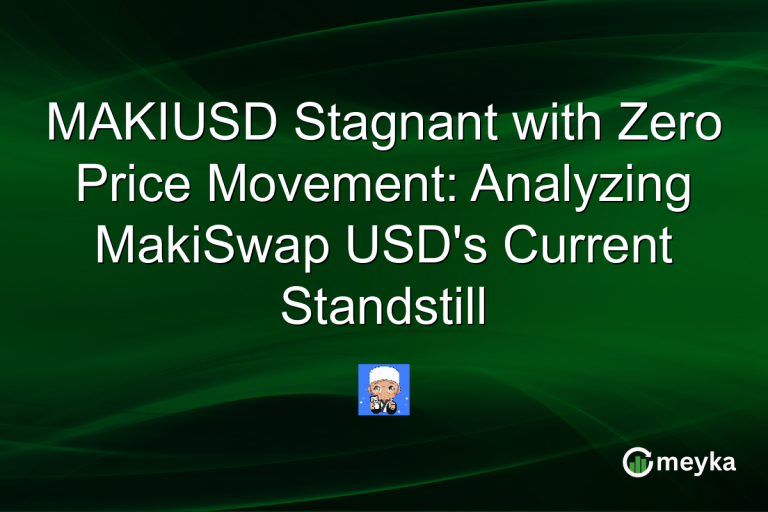US Inflation Rate News Today: September CPI Reveals Inflation Surge
The latest CPI inflation report reveals a concerning trend in the US economy: a 17-month high inflation rate of 3.1% for September 2025. This spike is mainly driven by existing tariffs and rising costs for food and energy, reflecting persistent inflation challenges. Economists are closely watching these figures, analyzing how they might impact the Federal Reserve’s policy decisions. Understanding the details of this inflation increase is crucial for anticipating future economic trends.
Understanding September’s Inflation Surge
September’s CPI report highlights a 3.1% inflation rate, marking a significant increase. Compared to the same month last year, this figure represents a surge, with food prices soaring by 4% and energy costs climbing by 5.8%. This rise is attributed to ongoing tariff impacts and supply chain disruptions. These factors combined have pushed up production costs, ultimately affecting consumer prices.
The Consumer Price Index rise underscores broader economic challenges. The Federal Reserve closely monitors these metrics to determine interest rate adjustments. As inflation pressures grow, the central bank might consider more aggressive measures to curb rising prices. Investors should remain aware of these trends, as they could influence market movements in the coming months.
The Role of Tariffs in Rising Prices
Tariffs have played a significant role in influencing the US inflation September 2025 figures. With ongoing trade tensions, tariffs have increased the cost of imported goods. For consumers, this has translated into higher prices for everyday items. The ripple effect of these tariffs is evident in the CPI inflation report.
Higher costs due to tariffs influence not just immediate prices but also broader economic sentiment. Businesses face increased operational expenses, which may lead them to pass these costs onto consumers. The tariff impact on prices is a critical factor that investors should consider when evaluating future business performances.
Impact on Federal Reserve Policies
The recent rise in CPI highlights potential shifts in Federal Reserve policies. A 17-month high inflation rate suggests a more aggressive stance might soon be necessary. Historically, the Federal Reserve raises interest rates to control inflation, and these latest figures provide a strong argument for such actions.
Higher interest rates could slow down borrowing and investment but might stabilize prices. For stakeholders and investors, understanding the Federal Reserve’s potential actions can offer insights into future market conditions. As the economy adjusts to these inflationary pressures, careful analysis will be essential.
Market Sentiment Post-CPI Release
The market response to the CPI inflation report has been mixed. While some investors worry about potentially tighter monetary policies, others see continued economic growth. Social media and financial forums reveal discussions about balancing short-term risks with long-term growth opportunities.
A recent discussion on Reddit highlighted the varied investor reactions. While some express concern over higher borrowing costs, others focus on potential market corrections. As sentiment varies, staying informed and adaptive is key for investors navigating this economic landscape. For more insights, check out the discussion on Reddit.
Final Thoughts
The September CPI report paints a complex picture of the current US economic landscape. A 3.1% inflation rate indicates significant pressures from tariffs and rising energy and food prices. This situation presents challenges but also opportunities for investors.
As inflation persists, watching the Federal Reserve’s response will be crucial. Potential interest rate hikes could influence stock markets, creating both risks and openings. Meanwhile, consumers should prepare for continued price increases in essentials.
For investors, the key will be aligning strategies with emerging economic trends. Using platforms like Meyka, which offers AI-driven insights, can provide real-time analysis and predictive analytics to navigate these fluctuating markets. Staying informed and ready to adjust will be vital in this dynamic economic environment.
FAQs
The current surge is driven by tariffs and higher costs for food and energy. Tariffs increase import prices, affecting consumer costs directly. Energy and food prices have seen significant rises, further contributing to the 3.1% inflation rate.
The Federal Reserve may consider raising interest rates to manage inflation. Higher rates typically help to curb spending and slow down inflation, though they can also impact borrowing and investment adversely.
The food and energy sectors have seen the largest price increases, with foods up 4% and energy costs climbing 5.8%. These sectors are primary contributors to the overall rise in the Consumer Price Index.
Disclaimer:
This is for information only, not financial advice. Always do your research.






